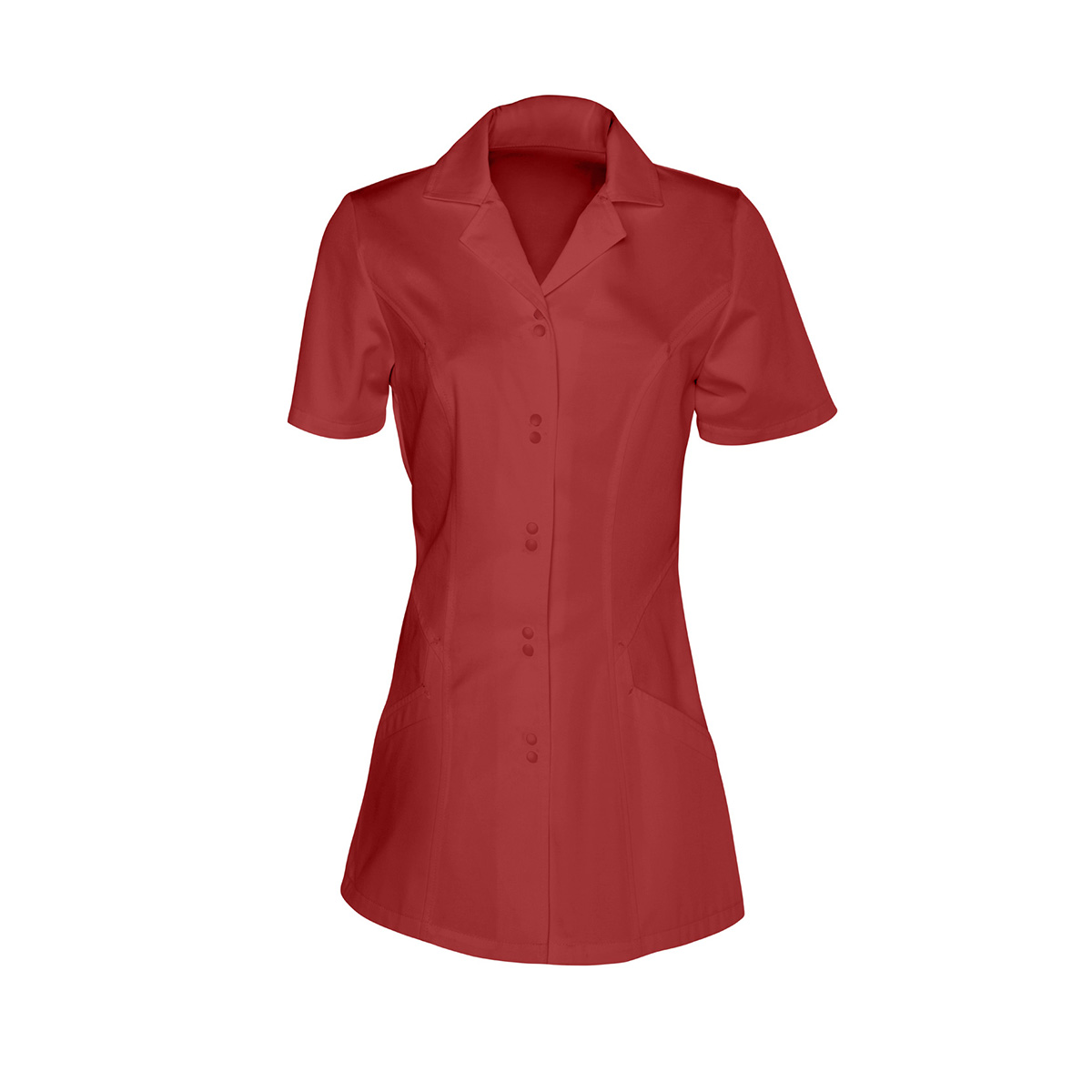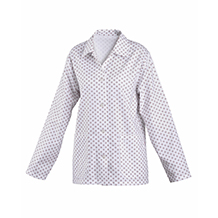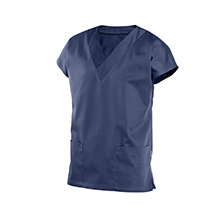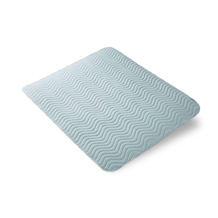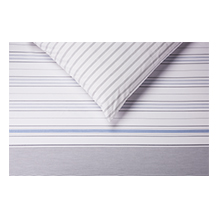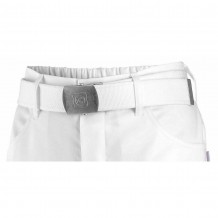Stránka nenalezena
Litujeme, ale požadovaná stránka nebyla nalezena.
Pravděpodobně byla odstraněna, přemístěna nebo přejmenována, případně byl nesprávně zadán odkaz.
Doporučujeme postupovat podle níže uvedených bodů:
- zkontrolujte správnost zadaného odkazu
- použijte vyhledávání pro nalezení produktu
- přejděte na úvodní stranu a dál pokračujte odtud
Pokud i nadále trváte na tom, že by požadovaná stránka měla existovat, informujte o tom prosím naše správce na adrese: webmaster@clinitex.cz





